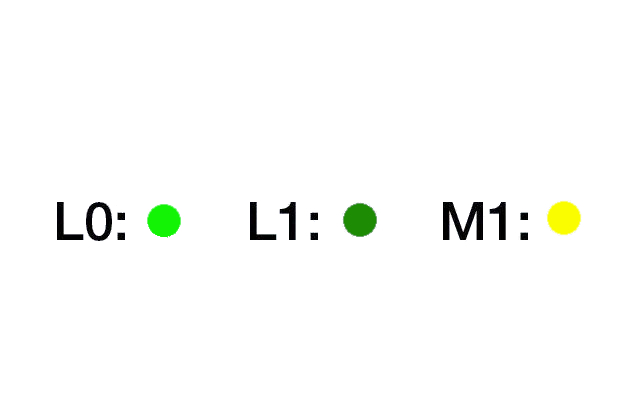|
Ionization tendency
If a metal ( M1) comes in contact with an electrolyte solution that already contains ions from a second metal ( M2), an ion exchange reaction takes place according to the equation M 1+ M 2 + = M 1 + + M 2. The direction in which these reactions proceed depends on the metals involved , the solvent and the concentration of the electrolyte solution. If M1 Forms lighter ions than M2 , the reaction proceeds from left to right and there is a sequential order of metals according to their ionization tendencies (redox series): K, Na, Ca, Mg, Zn , Cr, Fe (II ), Cd, Co, , Ni, Sn , Pb, Fe (II ), H, Cu, Ag, Hg , Au. This property is used when iron filings are scattered in the waste water of a copper mine for the recovery of copper. In the above formula, M 1 + corresponds to copper ions dissolved in the acid (H 2 SO 4) and M2 corresponds to the added iron. Since Fe (II , III) is on the left of Cu in the redox series, the reaction proceeds in the reverse direction and M1 (Cu) is obtained. The redox series is equivalent to the tendency of the metals to displace hydrogen from a dilute acid, i.e. to react according to the formula M 1 + H + → M 1 + H.
All this is important during soldering when a combination of soldering material and base material is used. When this material comes into contact with a dilute acid (e.g. by solution of the SO 2 contained in the exhaust gas) or when it is exposed to high humidity, the ionization tendency may result in the corrosion of the soldered joint .
|

